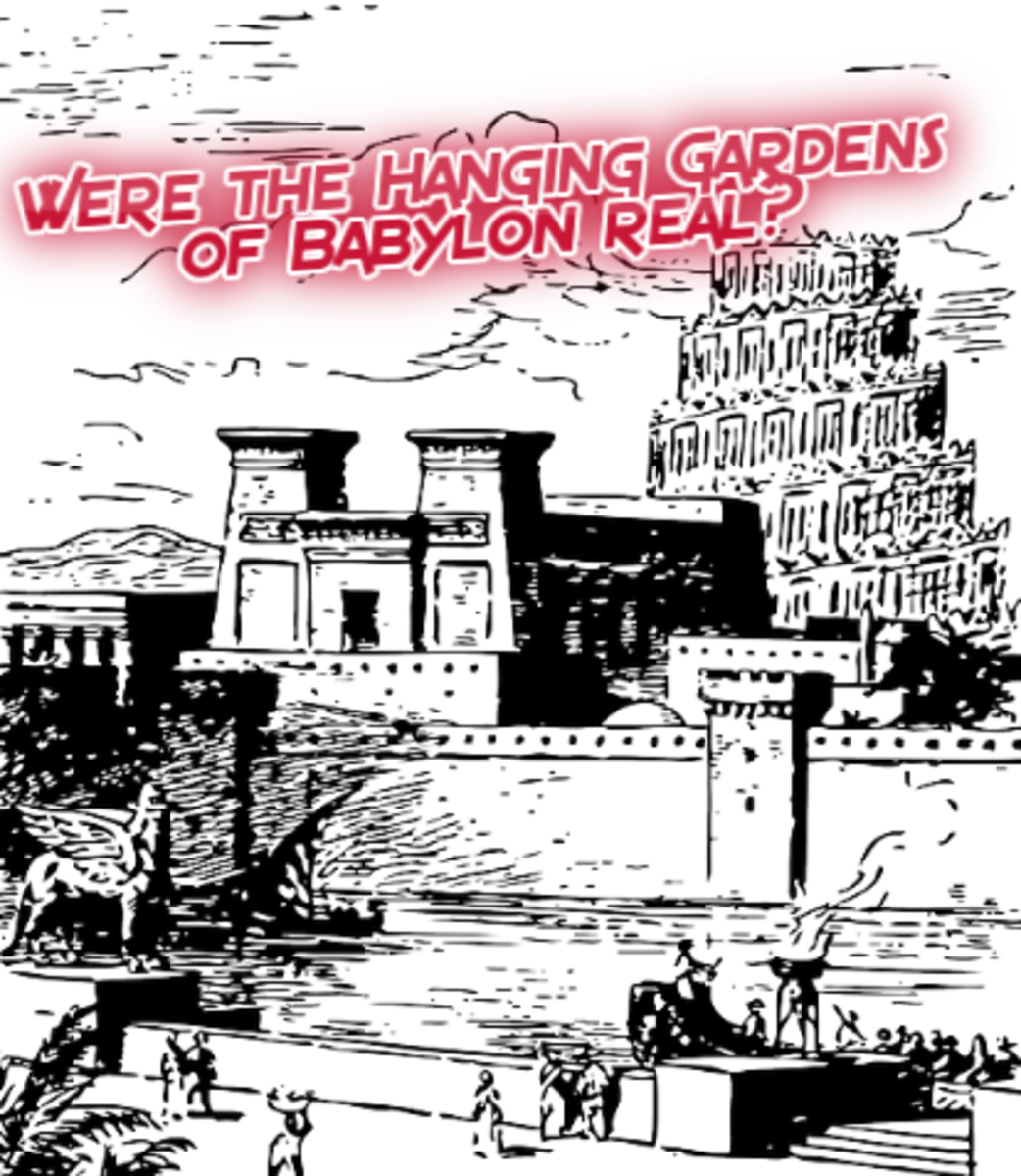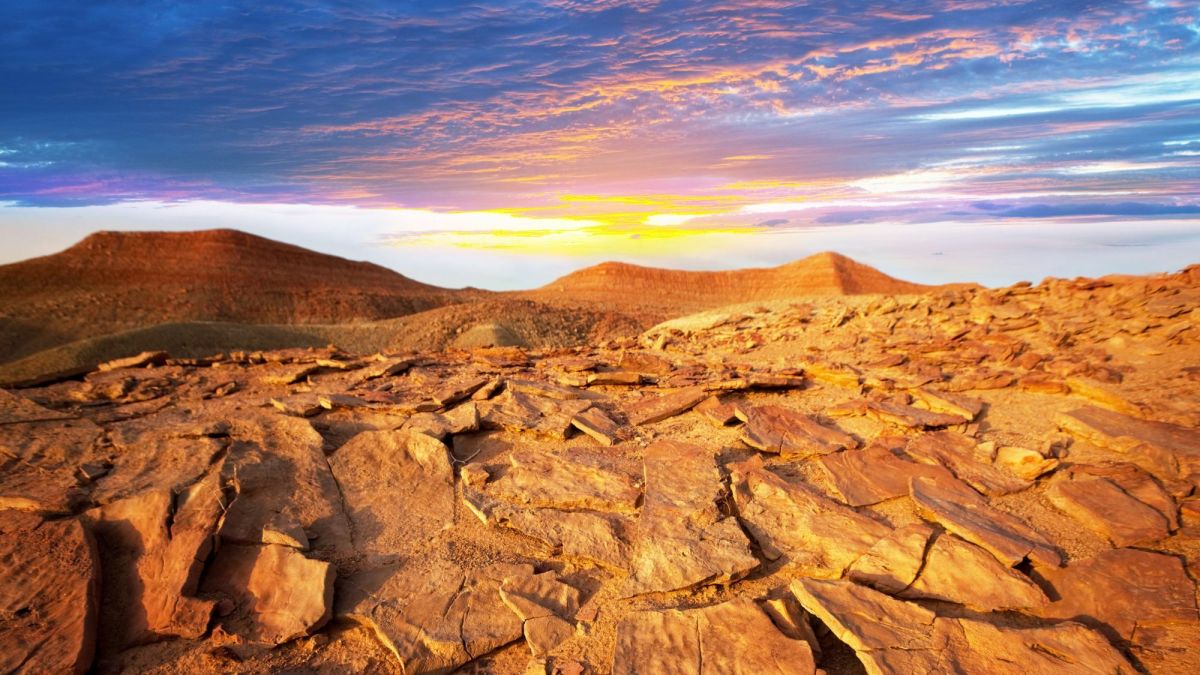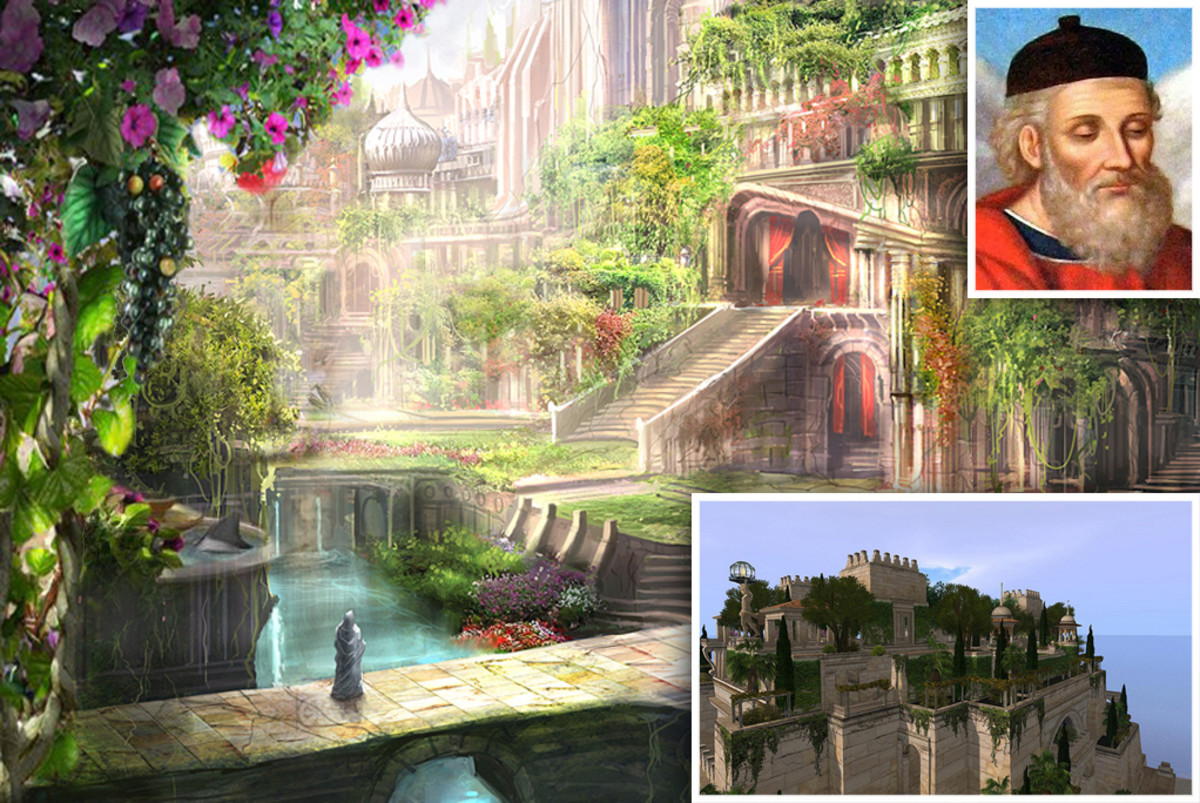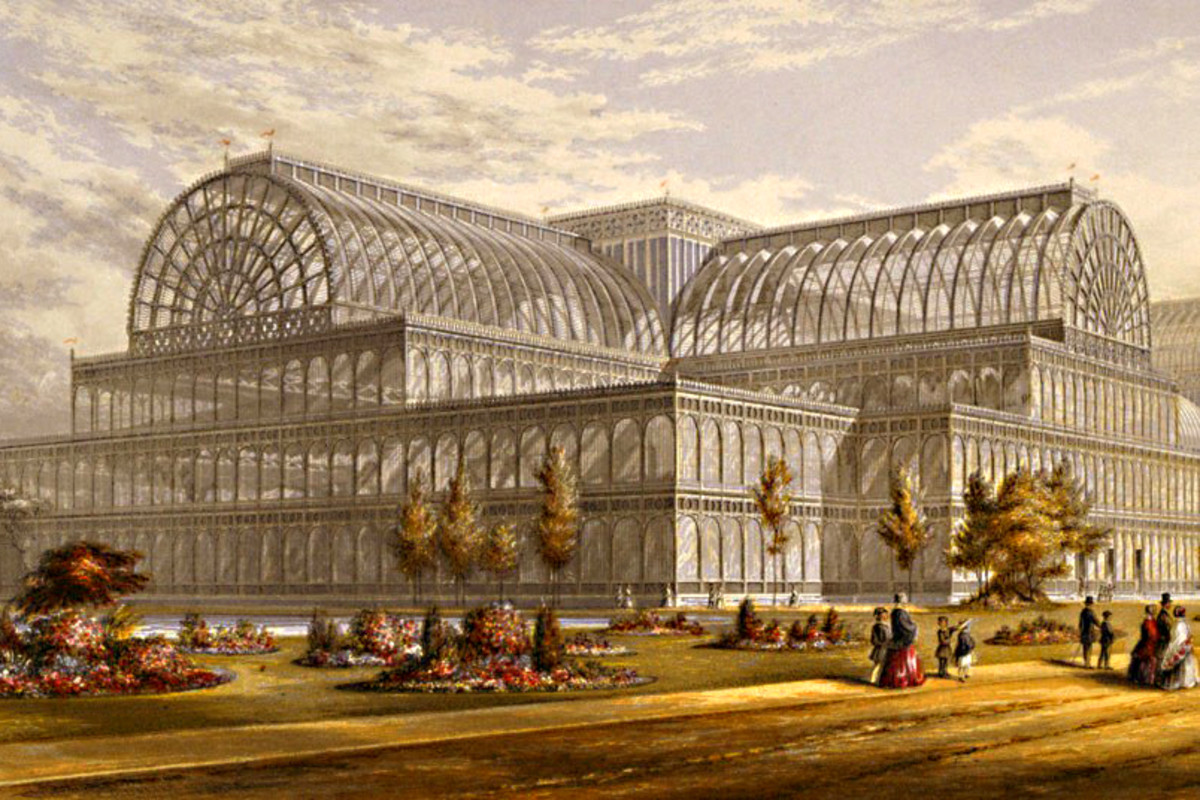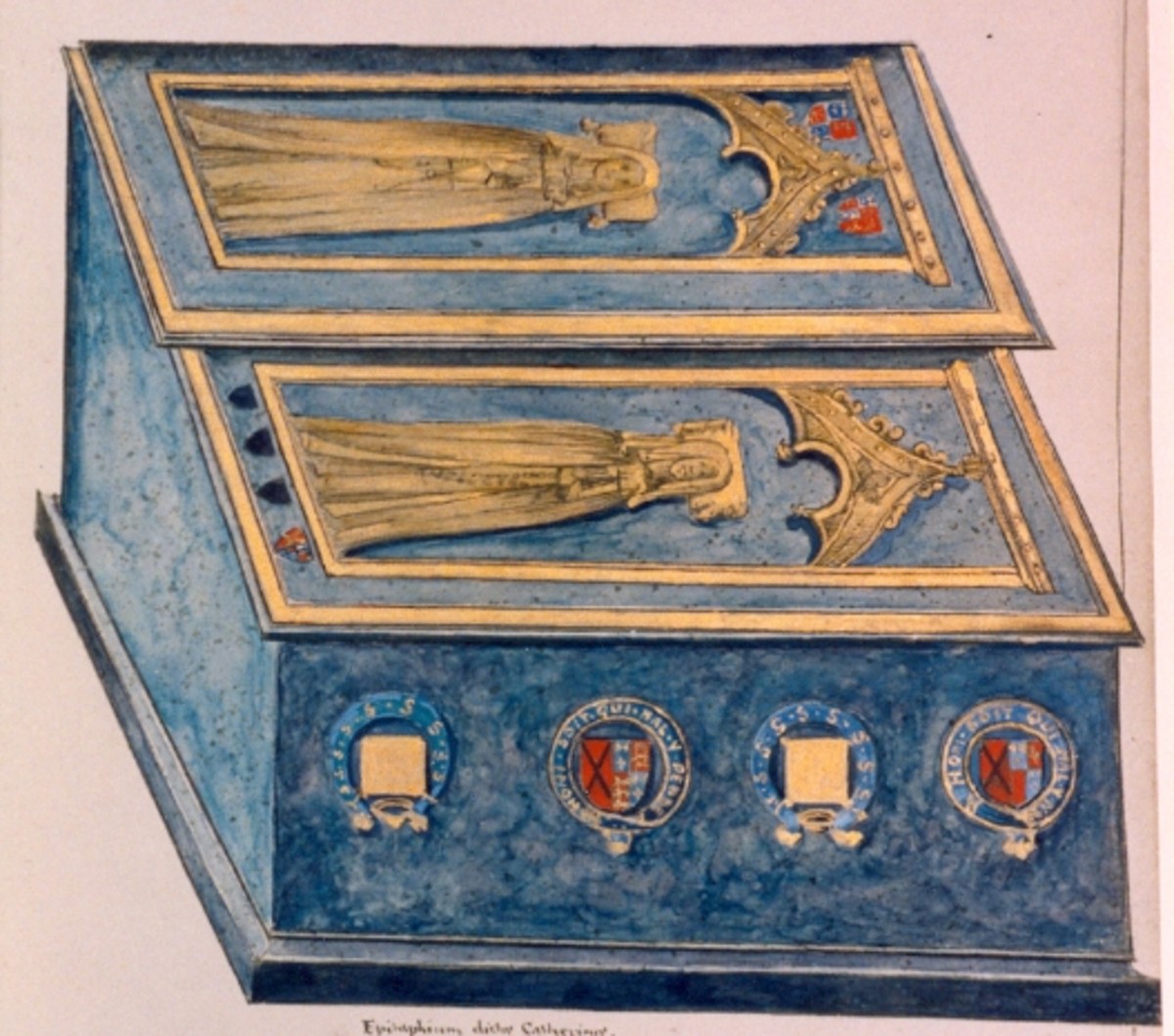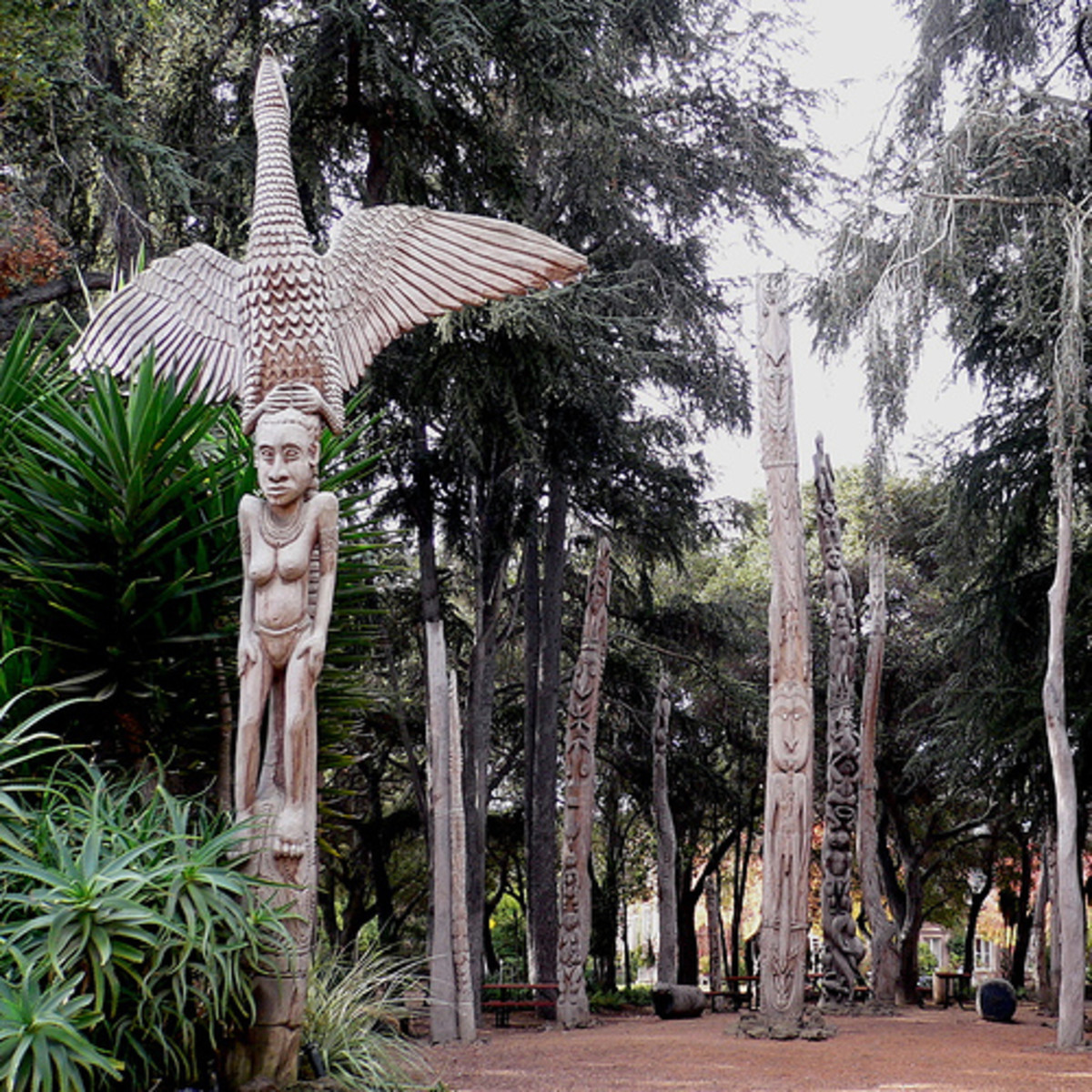Finding the Hanging Gardens of Babylon – Only Wonder of the Ancient World Without Documented Evidence
Picture of Hanging Gardens of Babylon

Hanging Gardens of Babylon
Of all the seven wonders of the ancient world, the only one for which there has never been first-hand documentary evidence are the Hanging Gardens of Babylon. Of those seven wonders, only the great pyramid at Giza still exists today, but there has been plenty of historical documentation to support the existence of the statue of Zeus at Olympia, Artemis’ temple at Ephesus, the Mausoleum at Halicarnassus, the Lighthouse at Alexandria, at the Colossus at Rhodes, according to History. Only the Hanging Gardens has remained elusive.
The Gardens were said to have been commissioned by Nebuchadnezzar II, who ruled Babylon from 604-562 B.C.E., and were said to have been built as a gift for wife, Amyitis, who came from Media – a much lusher and greener area than Babylon. Legends of the Hanging Gardens of Babylon were perpetuated by Philo of Byzantium, according to International Inside. Philo asserted that the plants and trees in the Gardens were grown hydroponically, with water that was piped in from the Euphrates River, and fed to the plants, which were grown on huge terraces.
Historians posit that Greek historians received their descriptions of the Hanging Gardens from soldiers who fought in Alexander the Great’s armies. These soldiers, amazed at the prosperity they observed in Babylon, may have then exaggerated their descriptions when they came home. Those stories were spread around, and ultimately picked up by the historians of the time, making a fact of something none of them had ever seen.
Babylon has been an active site for archaeologists for some time, and they have found a great deal that helps them learn about life in the ancient city. The have completely uncovered a palace that has a prominent position in the city, along with a vaulted structure with thick walls. They have also recently discovered an irrigation well nearby. One team of scientists examined the area extensively, and theorized that the palace and vaulted area were the home of the Hanging Gardens. The difficulty with their theory, however, is that the palace is located thousands of feet from the Euphrates, and there are no accompanying signs of a system to bring water all the way from the river to the palace. Another team placed the probable location for the Gardens as being between the palace and the Euphrates, but that still wouldn’t resolve the water issue in a meaningful way. Neither has there been any documentary evidence among the cuneiform writings found in the city suggesting that such gardens existed. All of these issues led many to believe that the Hanging Gardens of Babylon never actually existed, outside the realm of myth. What if they’re wrong? What if the problem is that the Hanging Gardens weren’t actually in Babylon?
Dr. Stephanie Daily, from Oxford University, thinks she has found the actual site of the Hanging Gardens, as reported by the Telegraph. Dr. Dailey focused her search hundreds of miles north, to central Iraq, near Hillah, hoping to support her theory that the Hanging Gardens were actually built near the city of Nineveh. While gathering clues from ancient texts, she uncovered evidence to suggest that the Garden wasn’t built by Nebuchadnezzar and the Babylonians, but instead was built by the Assyrians, under their ruler, Sennacherib, about 2,700 years ago. Nineveh was located near Mosul, where the area is still wracked with violence and fighting, so Dr. Dailey was unable to go to the precise site she believes held the Gardens, but she did hire a local film crew and an armed escort to shoot film of the ruins that had been the old king’s palace. The footage showed a vast mound of dirt and rubble, sloping down to an area of greenery, and thinks that looks like a good site for a garden.
Although Dr. Dailey hasn’t been able to survey the site in person, and fears it won’t be possible in her lifetime, she has researched the idea for 20 years. She started her search northward when she found a cuneiform text that suggested to her that the Gardens had been attributed to the wrong ruler, in the wrong place and time. She came across a prism with cuneiform on it, at the British Museum, which described the rule of Sennacherib, which said that he had built a palace, and a garden alongside, which were meant to be a “wonder for all people”.
Further support for her theory comes in the form of a bas-relief that was removed from Nineveh and taken to the British Museum, showing the palace and a garden with trees hanging on terraces, and plants supported by arches. Evidence of those structures is visible in declassified photos of the area, taken by spy planes, so perhaps the garden existed, after all.


